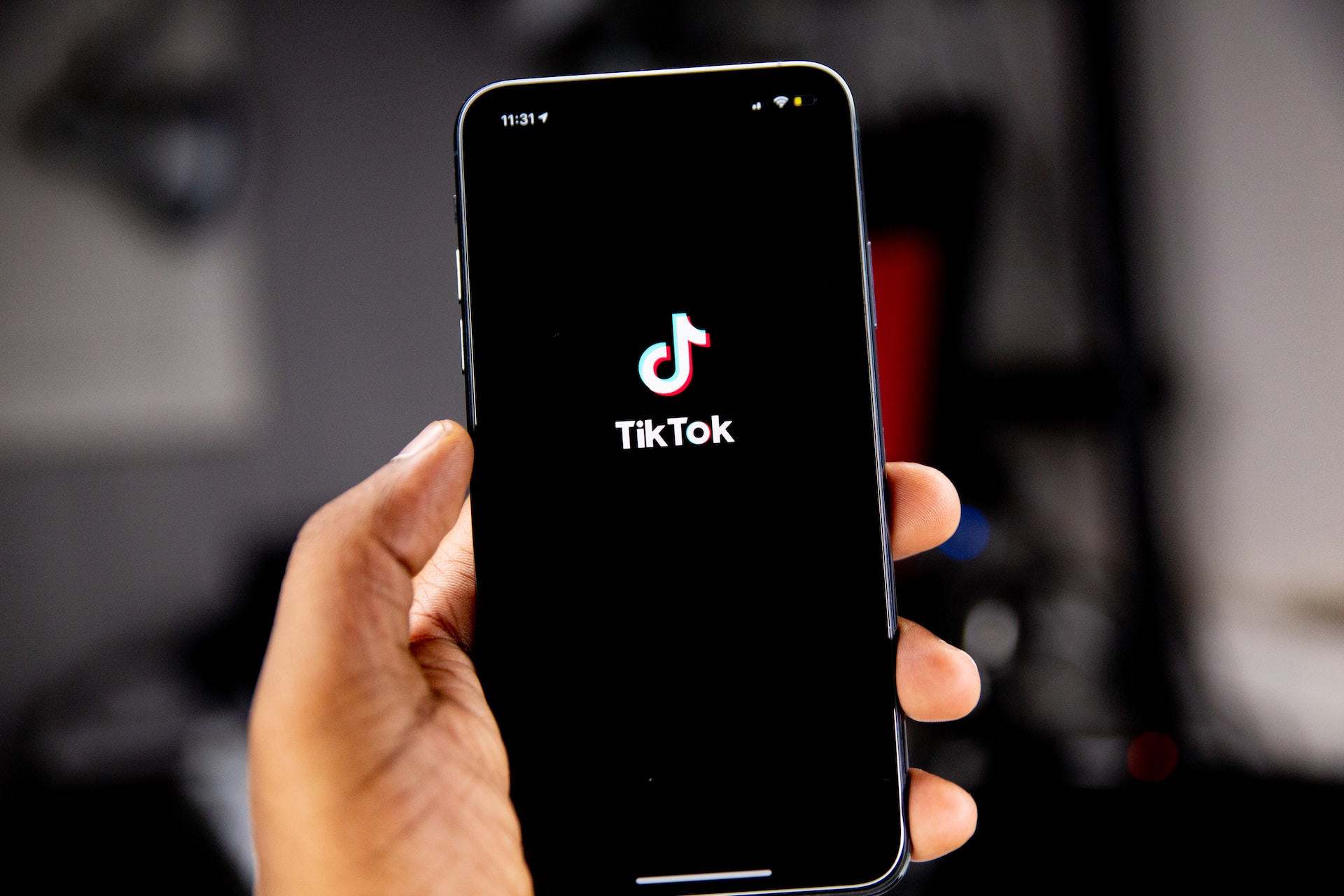Alphabet’s Bard: An AI-Based Solution for Election Queries
Introduction
Hello, my name is Alex, and I’m a futurist who is fascinated by how artificial intelligence (AI) will transform various aspects of society. One of the topics that I’m particularly interested in is how AI will affect the 2024 U.S. presidential election. To explore this topic, I have been using Alphabet’s Bard chatbot, an experimental tool that uses generative AI to answer queries from users. Bard is powered by a large language model (LLM) called LaMDA, which can generate natural and coherent responses based on the user’s input. Bard is designed to help users with various tasks, such as brainstorming ideas, learning new concepts, or exploring their curiosity. Users can ask Bard anything they want, and it will try to provide helpful and engaging answers. In this article, I will analyze how AI-based solutions like Bard can affect the 2024 U.S. presidential election, and what challenges and risks they pose for democracy.

How AI Can Help Candidates and Voters
AI can help candidates and voters in many ways, such as:
-
Picture by: https://ts2.space/ Campaign strategies: AI can help candidates with data analysis, audience segmentation, message optimization, and resource allocation. For example, candidates can use AI tools like LaMDA or other LLMs to create personalized and persuasive messages for different groups of voters, based on their preferences, demographics, or behavior.
- Content creation: AI can help candidates with content creation, such as videos, speeches, press releases, jokes, or memes. For example, candidates can use AI tools like LaMDA or other LLMs to generate catchy slogans, witty remarks, or emotional stories that appeal to voters.
- Audience targeting: AI can help candidates with audience targeting, such as finding potential supporters, donors, or volunteers. For example, candidates can use AI tools like LaMDA or other LLMs to identify and reach out to people who are likely to support their cause, based on their online activity, social media profiles, or personal networks.
- Response generation: AI can help candidates with response generation, such as answering questions, addressing concerns, or handling criticism. For example, candidates can use AI tools like LaMDA or other LLMs to generate quick and smart responses to queries from voters, journalists, or opponents.
AI can also help voters in many ways, such as:
- Education: AI can help voters with education, such as providing information, explanations, or comparisons about candidates’ policies, platforms, or backgrounds. For example, voters can use AI tools like Alexa or other voice assistants to ask questions about candidates’ views, records, or qualifications, and get accurate and unbiased answers.
- Accessibility: AI can help voters with accessibility, such as making voting easier, faster, or more convenient. For example, voters can use AI tools like Alexa or other voice assistants to register, verify, or cast their votes, without having to visit a polling station, fill out a paper ballot, or wait in a queue.
- Engagement: AI can help voters with engagement, such as stimulating interest, involvement, or participation in the election process. For example, voters can use AI tools like Bard or other chatbots to interact with candidates, parties, or other voters, and share their opinions, feedback, or suggestions.
- Participation: AI can help voters with participation, such as increasing turnout, representation, or diversity in the election. For example, voters can use AI tools like Bard or other chatbots to motivate, remind, or encourage themselves or others to vote, especially those who are traditionally underrepresented, marginalized, or disenfranchised.
AI can also help election officials in many ways, such as:
- Data analysis: AI can help election officials with data analysis, such as collecting, processing, or interpreting large amounts of election data. For example, election officials can use AI tools like LaMDA or other LLMs to generate reports, insights, or predictions about the election results, trends, or patterns.
- Security monitoring: AI can help election officials with security monitoring, such as detecting, preventing, or responding to cyberattacks, hacking, or manipulation of voting systems or processes. For example, election officials can use AI tools like LaMDA or other LLMs to identify and block malicious actors, activities, or attempts that aim to disrupt, interfere, or influence the election outcome.
- Fraud detection: AI can help election officials with fraud detection, such as verifying, auditing, or validating the authenticity, accuracy, or integrity of votes, ballots, or counts. For example, election officials can use AI tools like LaMDA or other LLMs to check and confirm the identity, eligibility, or consent of voters, and detect and report any anomalies, discrepancies, or irregularities in the voting data.
- Voter verification: AI can help election officials with voter verification, such as confirming, matching, or updating the personal information, records, or status of voters. For example, election officials can use AI tools like LaMDA or other LLMs to verify and update the registration, address, or signature of voters, and ensure that they are who they say they are, and that they have not voted more than once.

Challenges and Risks of Using AI in Elections
However, AI also poses some challenges and risks for using it in elections, such as:
- Fake or misleading content: AI can generate fake or misleading content that can harm candidates’ reputation or influence voters’ opinions. For example, AI tools like LaMDA or other LLMs can create deepfakes, which are realistic but false images, videos, or audio of candidates, that can show them doing or saying something that they never did or said. AI tools can also create fake news, which are false or distorted stories, facts, or statistics about candidates, that can mislead or deceive voters about their performance, credibility, or suitability.
- Election integrity: AI can pose threats to election integrity by enabling hacking or manipulation of voting systems or processes. For example, AI tools like LaMDA or other LLMs can be used by malicious actors, such as hackers, foreign agents, or rogue groups, to breach, tamper, or alter the voting data, systems, or networks, and change, delete, or add votes, ballots, or counts, without being detected or traced.
- Privacy or ethical standards: AI can violate privacy or ethical standards by collecting or sharing personal data without consent or transparency. For example, AI tools like LaMDA or other LLMs can be used by unauthorized parties, such as advertisers, marketers, or researchers, to access, analyze, or exploit the personal data of voters, such as their preferences, opinions, or behavior, without their knowledge, permission, or control.

Conclusion
In conclusion, AI-based solutions like Bard can affect the 2024 U.S. presidential election in many ways, both positive and negative. AI can help candidates and voters with various aspects of the election, such as campaign strategies, content creation, audience targeting, response generation, education, accessibility, engagement, participation, data analysis, security monitoring, fraud detection, and voter verification. However, AI can also pose challenges and risks for the election, such as fake or misleading content, election integrity, and privacy or ethical standards. Therefore, it is important to be aware, cautious, and responsible when using AI in elections, and to ensure that it is used for good, not evil. In my opinion, AI-based solutions like Bard are beneficial for democracy, as long as they are regulated, supervised, and audited by human authorities, and as long as they respect the rights, values, and interests of human users.
Key points of the article:
| Aspect | How AI Can Help | Challenges and Risks |
|---|---|---|
| Candidates | Campaign strategies, content creation, audience targeting, response generation | Fake or misleading content, election integrity, privacy or ethical standards |
| Voters | Education, accessibility, engagement, participation | Fake or misleading content, election integrity, privacy or ethical standards |
| Election officials | Data analysis, security monitoring, fraud detection, voter verification | Fake or misleading content, election integrity, privacy or ethical standards |
Features and benefits of Bard and other chatbots:
| Feature | Bard | Other Chatbots |
|---|---|---|
| Powered by | LaMDA, a large language model (LLM) that can generate natural and coherent responses based on the user’s input | Other LLMs or smaller language models that may have limited vocabulary, grammar, or coherence |
| Designed for | Helping users with various tasks, such as brainstorming ideas, learning new concepts, or exploring their curiosity | Providing specific information, services, or functions, such as booking tickets, ordering food, or checking weather |
| Available in | U.S. and U.K., and will expand to more countries and languages over time | Varies depending on the chatbot, but may be restricted to certain regions or languages |
| Intended for | Providing helpful and engaging answers, but not factual information or human judgment | Providing factual information or human judgment, but not helpful or engaging answers |
| Part of | Google’s broader vision of bringing helpful AI experiences to people, businesses, and communities | Varies depending on the chatbot, but may be part of a narrower or different vision |










